Stainless steel pipes are a common type of pipe in engineering, and the most common materials are 201 and 304. It has advantages that other pipes cannot replace. It will be used more and more in engineering, and its use will become more and more popular, and its prospects are promising. In some cases, stainless steel pipes have advantages, especially thin-walled stainless steel pipes with a wall thickness of only 0.6 to 1.2 mm. They are safe, reliable, hygienic, environmentally friendly, and economical in high-quality drinking water systems, hot water systems, and water supply systems that put safety and hygiene first. It has been proven by domestic and foreign engineering practices that it is one of the best comprehensive performance, new, energy-saving and environmentally friendly pipes for water supply systems. Stainless steel pipes are widely used and come in many types. So what are the categories of stainless steel pipes? The following is a detailed introduction to stainless steel pipes.
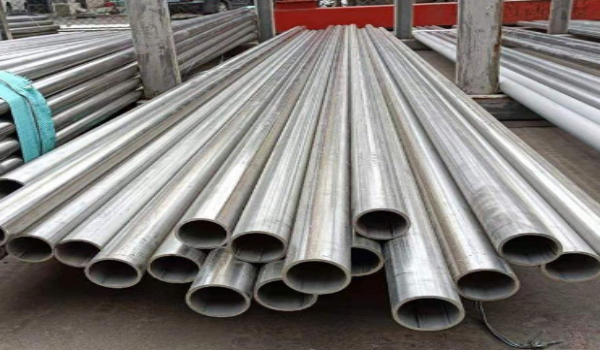
Stainless steel decorative pipe
Material: 201, 304 mainly, 301, 316 in small quantities
Purpose: mainly decoration projects such as stairs, doors, windows, guardrails, and some products with lower requirements
Features: bright surface, brushed or frosted, negative difference
Stainless steel product pipe
Material: 201, 304, 316 mainly
Purpose: bathroom, product piping, fluid pipe, etc.
Features: strict requirements on positive and negative difference of specifications, surface brightness and workmanship, and there will be requirements for bending, expansion and contraction
Classification of stainless steel pipes
1. Classification by material
Stainless steel pipes can be divided into many types according to the material, including ordinary
carbon steel pipes, high-quality carbon structural steel pipes, alloy structural pipes, alloy steel pipes, bearing steel pipes, stainless steel pipes, etc. In addition, there are bimetallic composite pipes, plated pipes and coated pipes developed to meet special requirements. Common materials include 201, 304, 316, etc. Among them, 304 and 316 are widely used in decoration, food processing, chemical equipment and other fields due to their excellent corrosion resistance and strength.
2. Classification by production method
The production methods of stainless steel pipes are mainly divided into two categories:
Seamless pipe:
Seamless steel pipe is produced by hot rolling, cold rolling, cold drawing or extrusion, with high strength and pressure resistance, and is widely used in high-pressure equipment, boilers, hydraulic systems, etc.
Welded pipe: Welded steel pipe is made by rolling steel plates or steel strips into pipes through welding. Welded pipes are divided into straight seam welded pipes and spiral welded pipes according to the shape of the weld, and are often used in low-pressure fluid transportation, building structures, etc.
3. Classification by cross-sectional shape
Stainless steel pipes can be classified according to the cross-sectional shape:
Round pipe: This is the most common shape, widely used in fluid transportation, mechanical structures, etc.
Special-shaped pipes: Including rectangular pipes, diamond pipes, elliptical pipes, hexagonal pipes, octagonal pipes, etc. These pipes are usually used in occasions that require special shapes or aesthetic effects, such as decorative projects, mechanical parts, etc.
4. Classification by purpose
According to the purpose, it can be divided into oil well pipes (casing, oil pipes and
drill pipes, etc.), pipeline pipes, boiler pipes, mechanical structure pipes, hydraulic support pipes, gas cylinder pipes, geological pipes, chemical pipes (high-pressure fertilizer pipes, petroleum cracking pipes) and ship pipes, etc.
Stainless steel composite pipes
Stainless steel composite pipes are a new type of pipes made by combining stainless steel with other materials. Common ones are composite pipes of stainless steel and carbon steel. Composite pipes have obvious cost and performance advantages in some specific occasions, such as highway guardrail projects. This kind of pipe combines the corrosion resistance of stainless steel and the strength of carbon steel, effectively reducing costs while ensuring performance, so it has gradually been promoted in engineering applications.
How are stainless steel pipes classified? The above editor has shared with you! Because stainless steel pipes have many advantages among various pipes, they are used in different industries. When choosing stainless steel pipes, you should choose the appropriate type according to the actual situation. If you don’t know how to choose, you can also consult us!






 English
English Español
Español بالعربية
بالعربية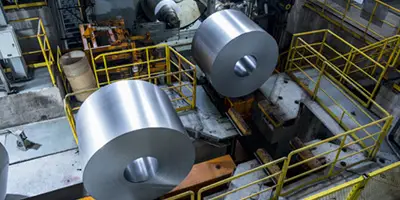
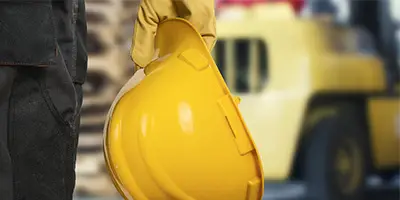
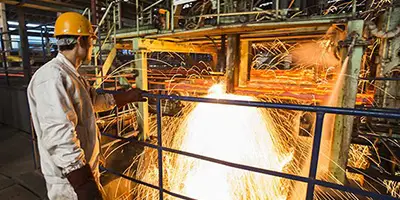
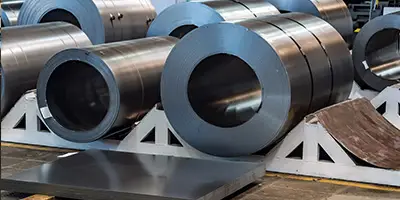

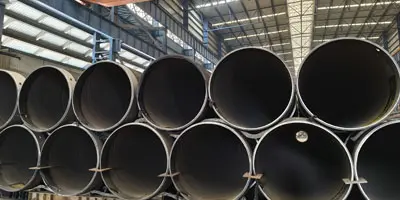
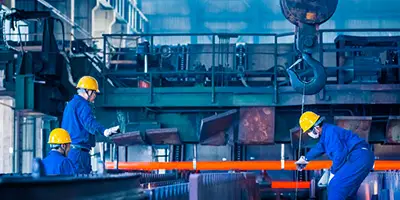
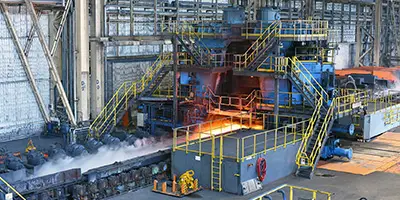
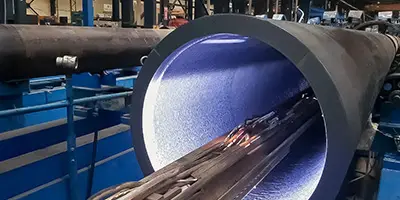
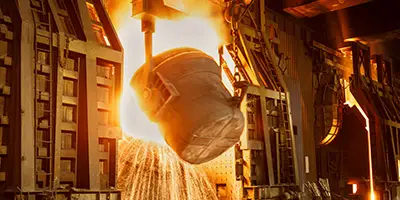
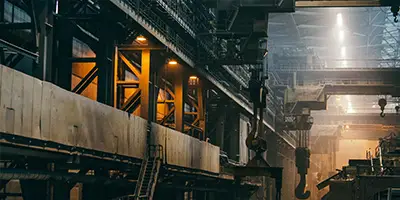

 Phone :
Phone :  Whatsapp :
Whatsapp :  Email :
Email : 


